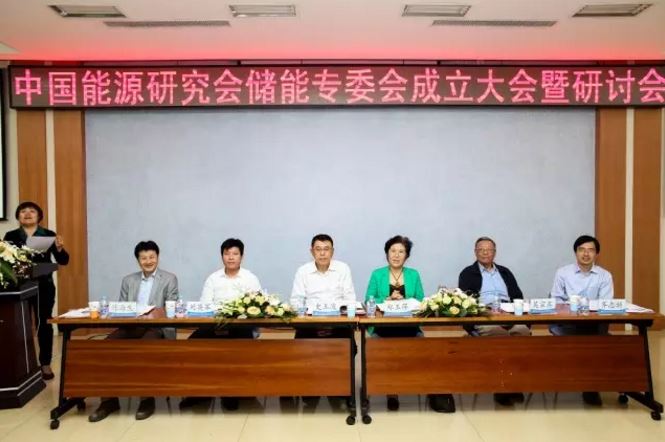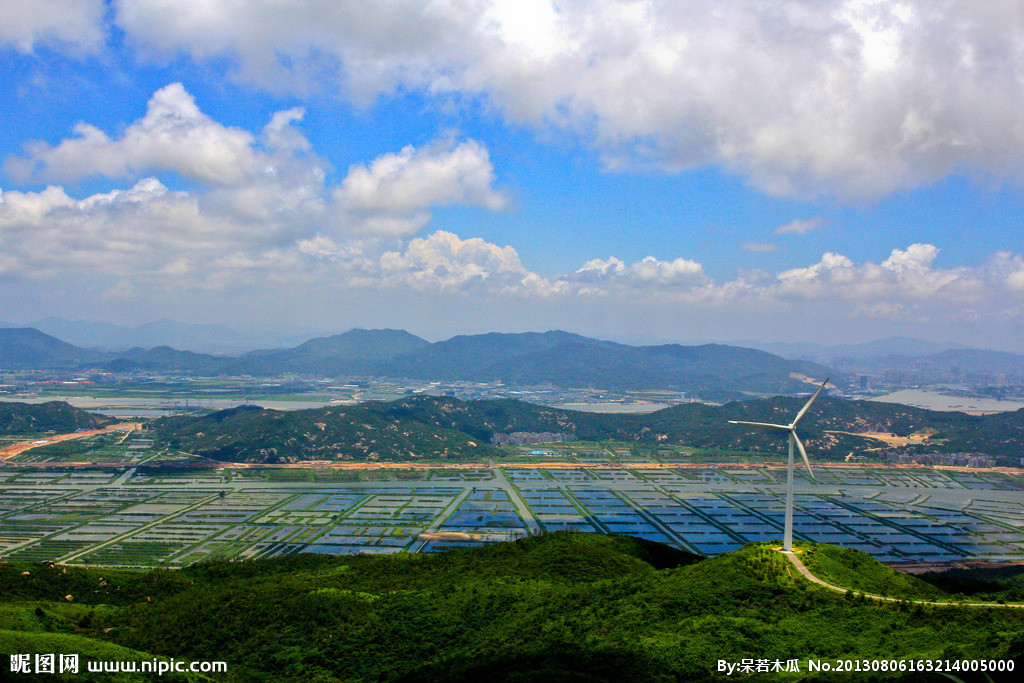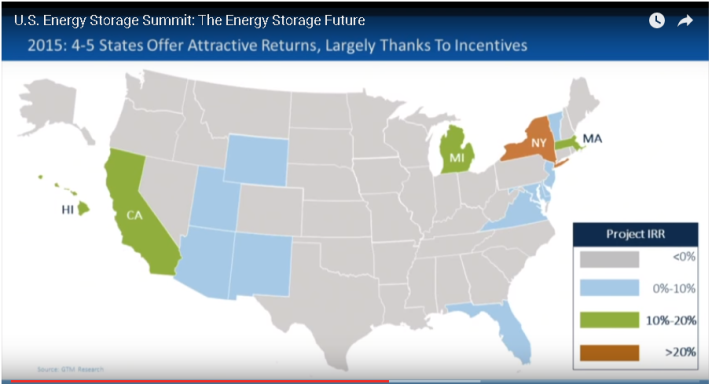China-based lead battery provider, Narada Power, recently announced a cumulative 200 MWh of energy storage investment and operating agreements. In partnership with eight other companies, the energy storage systems target demand side management applications, peak shaving, power quality, and load stabilization applications.
| Partner | System Size |
|---|---|
| Tiazhou Cultural Innovation Industrial Committee | 48 MWh |
| Jiangsu Changfeng Paper Industry Co., Ltd. | 40 MWh |
| Jiangsu Xitang Industries Co., Ltd. | 36 MWh |
| Zhenjiang EcoChemcial Electroplating Technology Co., Ltd. | 24 MWh |
| Suzhou National Environmental Protection New Technology Industrial Park Development Co., Ltd. | 16 MWh |
| Southern Red Bean Holding Company | 16 MWh |
| Wuyi City Yishun Machinery Manufacturing Co., Ltd. | 12 MWh |
| Wuyi Changsheng Property Management Co., Ltd. | 8 MWh |
| Total | 200 MWh |
The projects above are part of Narada’s “invest + operate” business model first launched in 2016. Similar to Green Charge Networks' business model, Narada provides all equipment and installation, and shares the earnings with host partner. At present, Narada has entered storage agreements totaling over 2.1 GWh (including the 200 MWh above), with 120 MWh already in operations. According to Chinese Battery Enterprise Alliance, Narada has already set aside CNY2 billion (US$300 million) in funds for battery projects. In the first half of 2017, Narada has already collected CNY133 million (US$20 million) in sales revenue, of which energy storage projects have accounted for CNY79 million (US$11 million) in sales.
The announced projects total CNY260 million (US$38 million) in investments from Narada, and upon completion expect to have a massive impact on future earnings.
Data: CNESA project database, CNESA White Paper 2017.
CNESA Alliance member Narada Power, a Hangzhou-based company founded in 1994, specializes in high-performance lead-based batteries for use in telecom, electric power systems, infrastructure, and renewable energy applications. According to data published in CNESA's 2017 White Paper, Narada currently ranks 6th in China’s top 10 storage providers in terms of kW of storage in operation (2016 data). While the top providers are dominated by Li-ion manufacturers, the Sacred Sun (no. 2) also specializes in lead based batteries. With improved battery technology and performance, lead batteries have maintained a cost advantage over Li-ion alternatives, and today represent 31% of China’s total installed electrochemical storage capacity.

























































